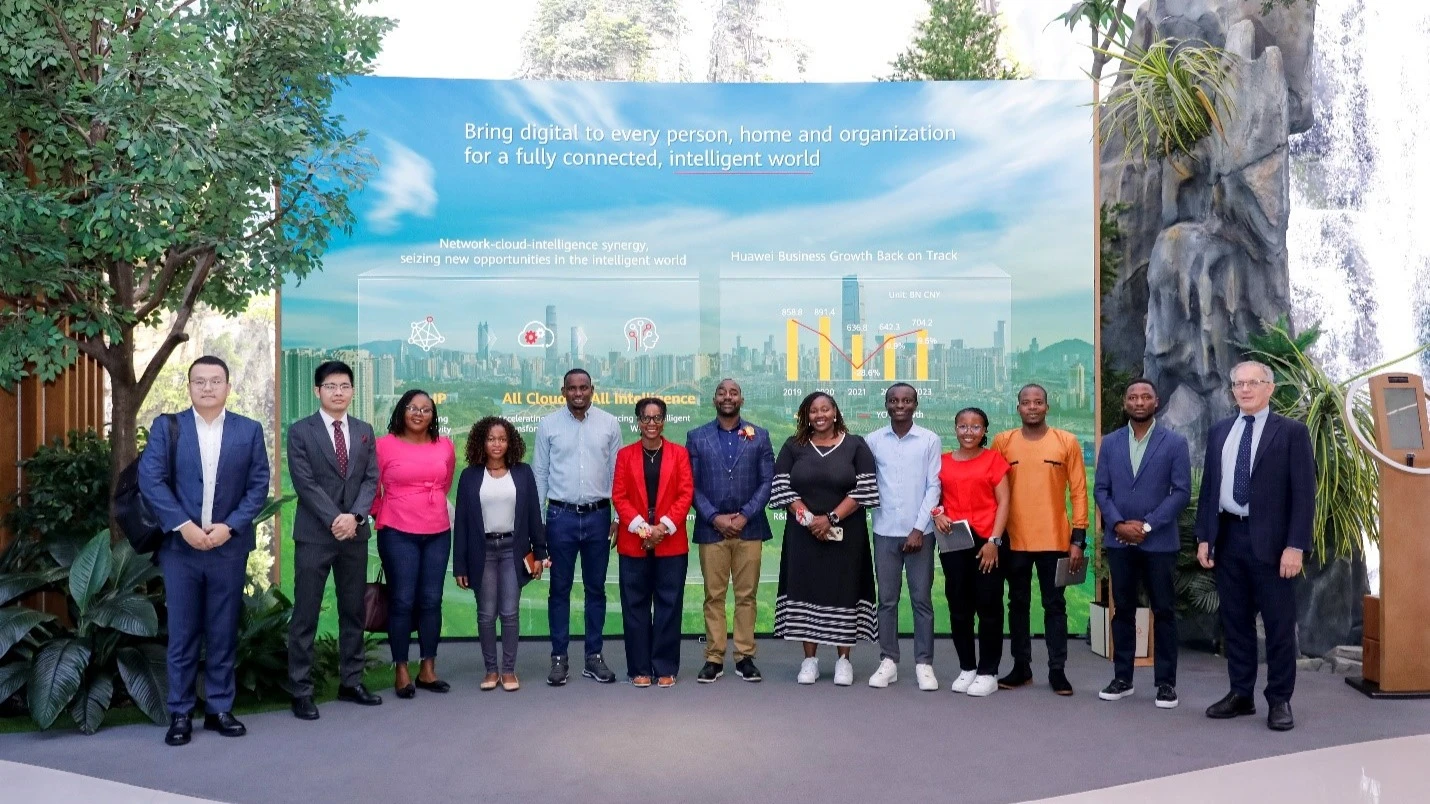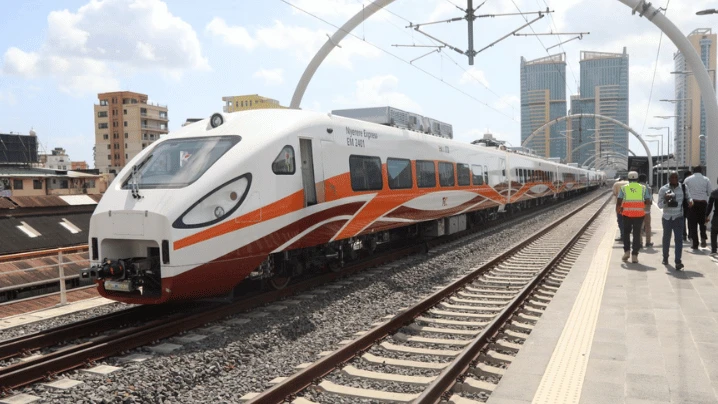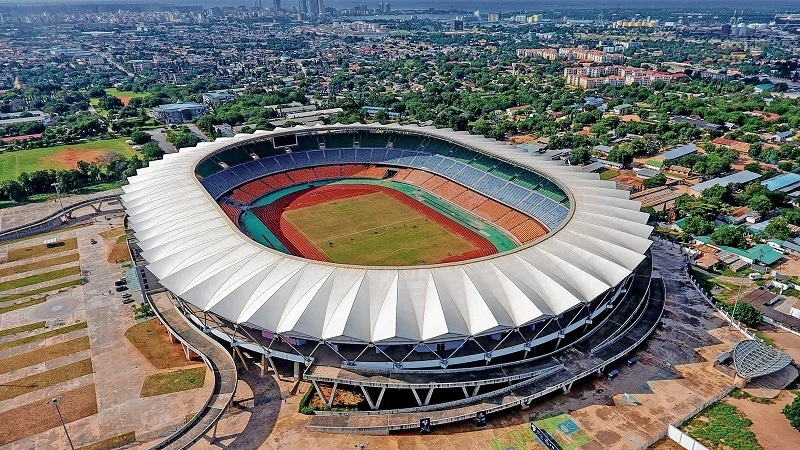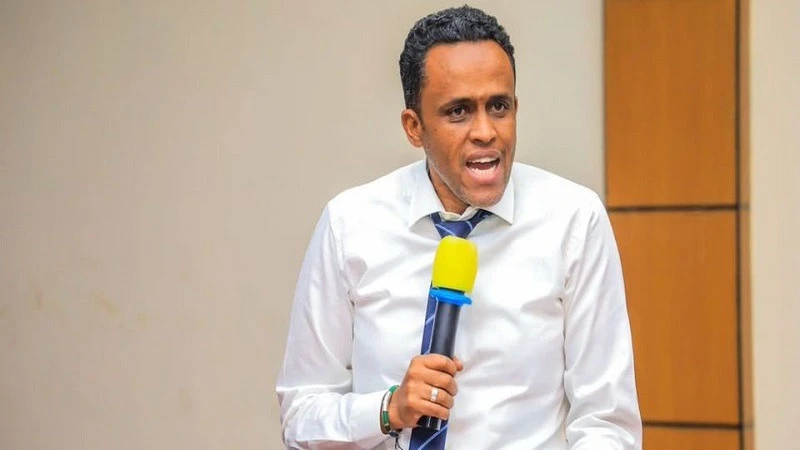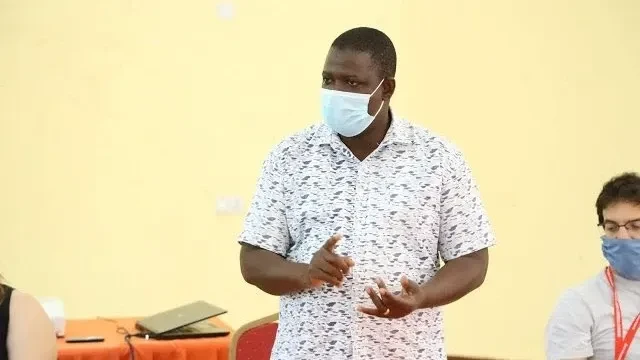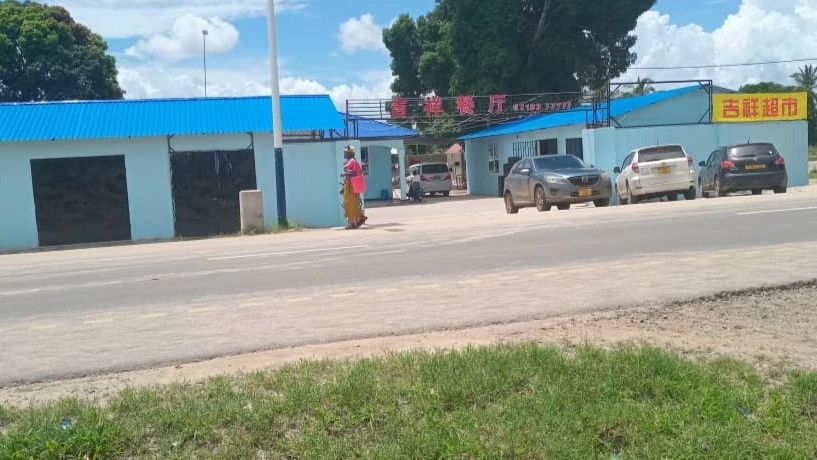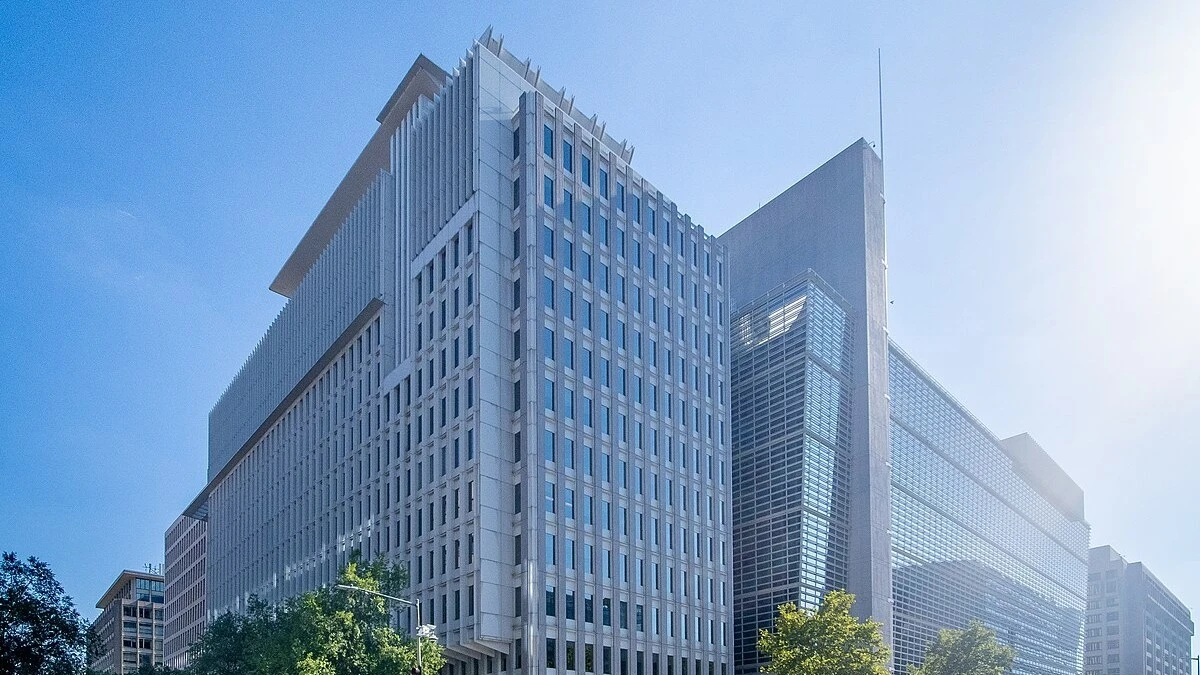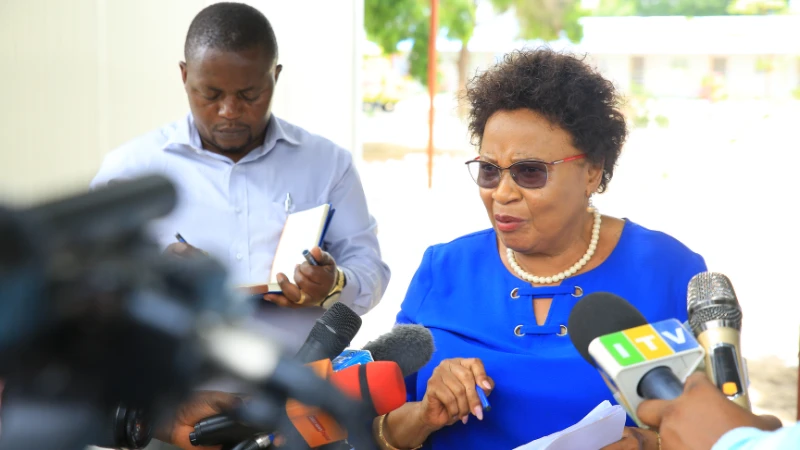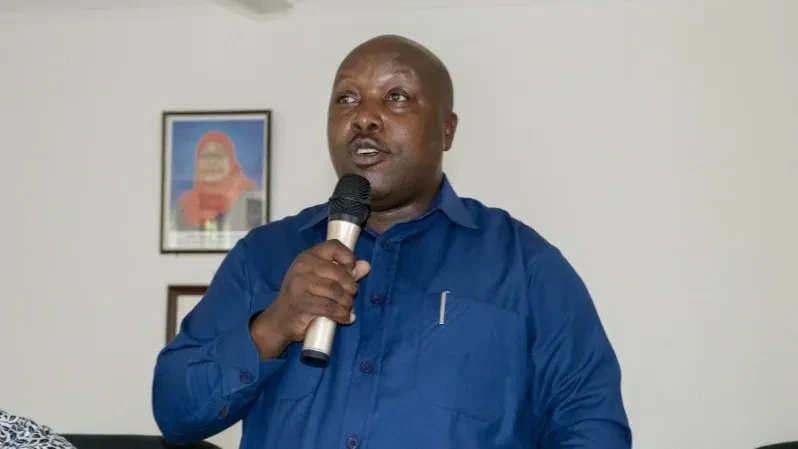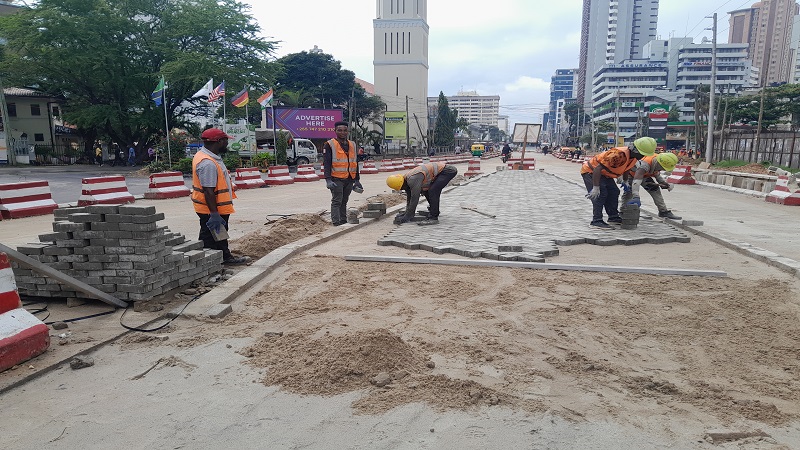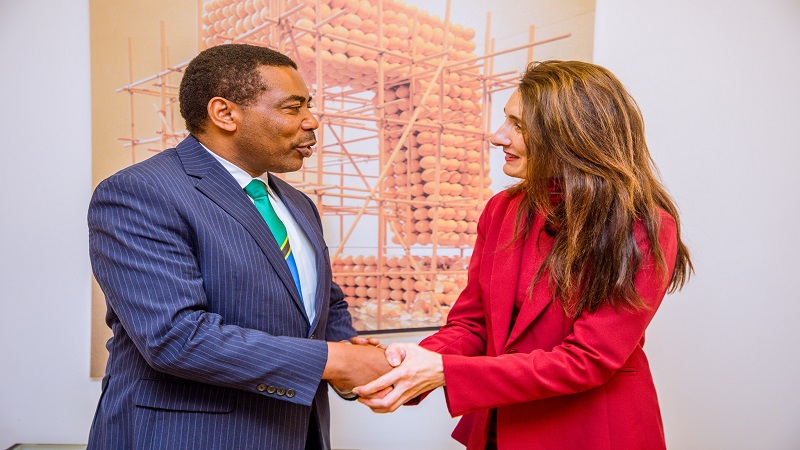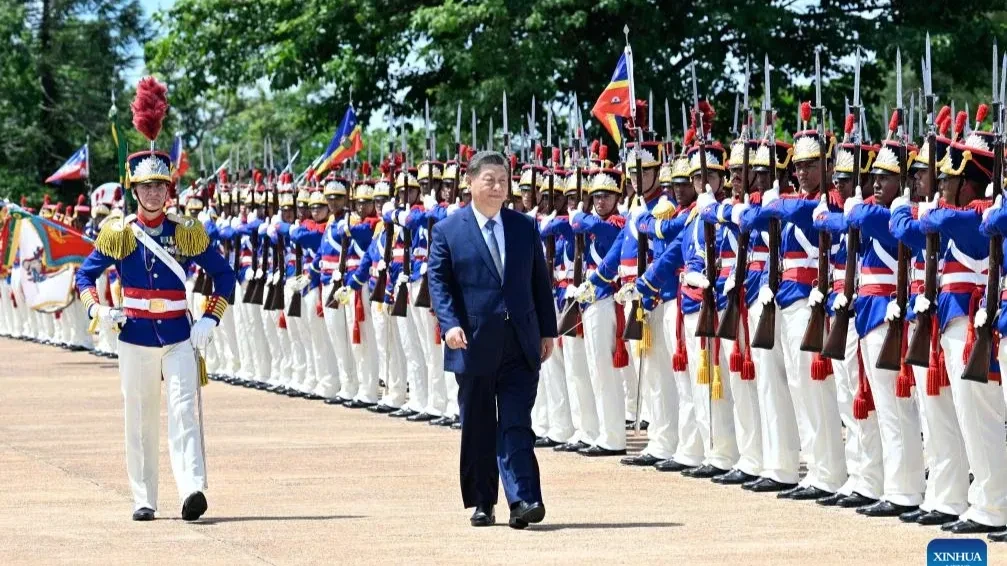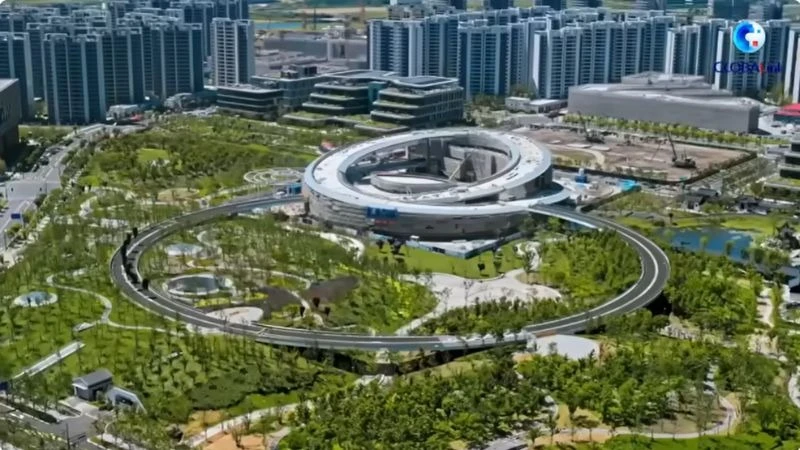Kabanga Nickel seeking to enhance capital efficiency
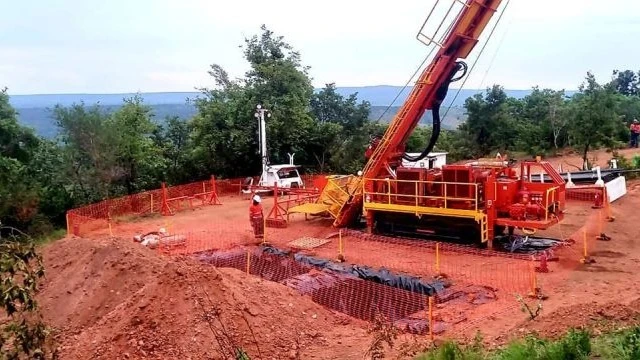
Lifezone Metals Limited's Chief Executive Officer, Chris Showalter has announced an operational update on recent activities at its Kabanga Nickel Project, located in northwest Tanzania, and its US-based platinum, palladium and rhodium ("PGM") recycling project.
Following an evaluation of alternative scenarios, the Definitive Feasibility Study (DFS) base case will include the initial construction of the full-scale 3.4 million tonnes per year underground mine and concentrator at Kabanga, followed by the construction of the Hydromet refinery at Kahama.
According to the statement issued by Lifezone yesterday, the new plan aims to enhance capital efficiency and optimized project economics in response to challenging market conditions.
The report also noted that the Definitive Feasibility Study of the project is expected to be completed in mid-year 2025.
The new staging plan has been presented to the Government of Tanzania, and they have continued to express their overall support for the development of the Project.
The Tanzanian Mining Commission has commenced their review of a report on the feasibility study in accordance with an important condition of the Kabanga Nickel Project Special Mining Licence.
“Lifezone is actively engaged in a competitive process for the sale of nickel, copper and cobalt from the Kabanga Nickel Project through its portion of marketing rights, facilitated by the Japan Organization for Metals and Energy Security,” said Show.
Showalter commented: "The nickel market has faced significant challenges due to supply dominance by Indonesia, which has impacted prices and necessitated a recast of our development plans for Kabanga. In September 2024, the Kabanga Definitive Feasibility Study was completed to a very high technical level, but under the current market conditions we were prompted to consider alternative development options to bring Kabanga online."
"The new staging plan is designed to enhance capital efficiency and optimize Project economics. We look forward to completing the Definitive Feasibility Study in mid-year 2025 and delivering long-term value for our shareholders and stakeholders."
Through detailed analysis of multiple development scenarios, a new staging plan has been carefully evaluated to enhance capital efficiency and optimize economics of the Kabanga Nickel Project.
The new staging plan involves the initial construction of the full-scale 3.4 million tonnes per year underground mine and concentrator at the Kabanga site, followed by the construction of the Hydromet refinery at Kahama.
This compares to the previous plan which included two phases of development: a 1.7 million tonne per year Phase 1 and an additional 1.7 million tonne per year Phase 2 expansion of both the mine/concentrator and refinery (refer to Lifezone's February 26, 2024 news release).
Key benefits of the new staging plan include increased efficient allocation of capital, reducing initial expenditures while maximizing returns and enhanced initial cash flows.
“By starting at the optimized mine size (i.e., doubling the mine size upfront versus the phased development plan), the Project is expected to generate greater cash flows from an earlier stage, accelerating the opportunity for capital repayment and the payout of benefits to all stakeholders and partners,” he added.
Anthony Mavunde, Tanzanian Minister of Minerals, emphasized the importance of the Kabanga Nickel Project, stating: "This is a high-impact project for Tanzania's mining sector. We are committed to resolving outstanding matters through the Government's negotiation team, and we expect the investor to ensure all necessary steps are completed promptly so that mine development can begin without delay."
Global nickel demand has been on an upward trajectory, driven primarily by its applications in stainless steel production and the burgeoning electric vehicle (EV) industry.
In 2023, primary nickel usage increased by 4 percent year-over-year, reaching approximately 3.1 million metric tons.
This growth was largely attributed to a 4 percentrise in the stainless steel sector, while demand in the battery sector experienced a slight decline of 1 percent due to factors such as a destocking cycle in the EV supply chain and a growing share of non-nickel lithium iron phosphate (LFP) batteries.
while global nickel demand is poised for robust growth in the coming years, especially driven by the EV sector, the market faces challenges related to oversupply and price volatility.
Market analysts say, balancing production with demand will be crucial to maintaining market stability and supporting sustainable growth in the nickel industry.
Top Headlines
© 2025 IPPMEDIA.COM. ALL RIGHTS RESERVED



